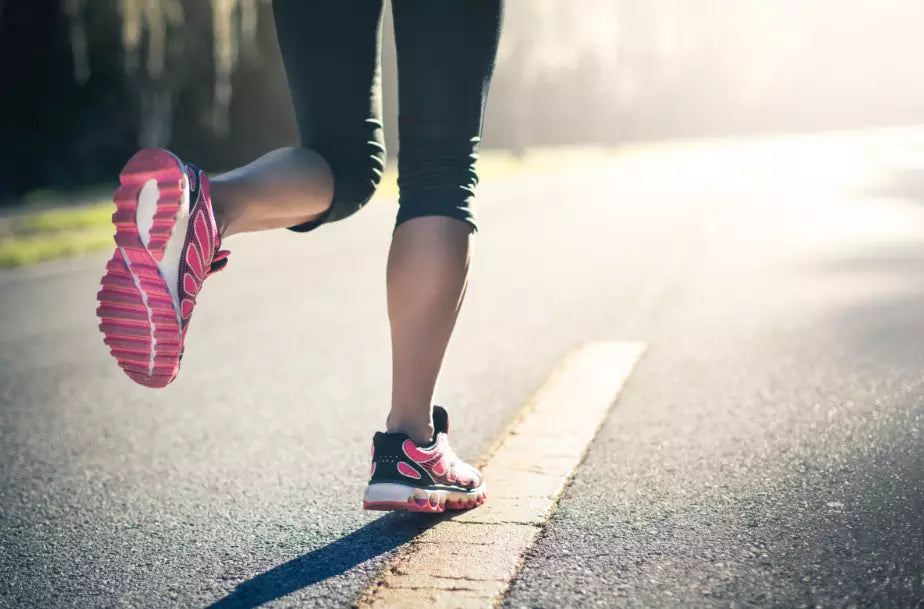
Workout: Myasthenia Gravis
Share
How to adapt physical exercise to an autoimmune neuromuscular disease
Myasthenia gravis is a chronic autoimmune neuromuscular disease that affects communication between nerves and muscles, causing variable muscle weakness throughout the day. Despite its limitations, adapted physical exercise can be an essential tool for improving the quality of life, functional strength, and autonomy of people with this condition.

💡 What is Myasthenia Gravis?
It is a rare autoimmune disease in which the immune system attacks acetylcholine receptors at the neuromuscular junction, preventing proper communication between nerves and muscles.
🔍 Most common symptoms:
- Muscle weakness (worsens with exertion)
- Droopy eyelids (ptosis)
- Double vision
- Difficulty chewing, speaking, or swallowing
- Weakness in the arms, legs, or neck
Myasthenia Gravis can vary from person to person, with periods of greater stability and others of crisis.
🧠 Benefits of adapted physical exercise
Although exercise was long avoided in people with Myasthenia Gravis, more recent studies show that well-guided training can be beneficial , as long as it respects the person's limitations and does not cause excessive fatigue.
✅ Benefits:
- Improved muscle function
- Reduction of global fatigue (with correct management)
- Improved cardiovascular capacity
- Improved mood and quality of life
- Prevention of other comorbidities associated with inactivity
🏡 Home workout recommendations
Training should be personalized, supervised whenever possible , and adjusted according to your body's response to exertion. Here are some general guidelines:
🧘♂️ 1. Low-intensity exercises
- Light walks
- Dynamic and static stretching
- Adapted Yoga or Pilates
🏋️ 2. Functional strength training
- Bodyweight exercises (e.g., assisted squats, heel raises)
- Using elastic bands for light resistance
- Short workouts with moderate repetitions (1-2 sets, 8-10 repetitions)
⏱️ 3. Frequent breaks
- Respect the signs of fatigue
- Workouts of 10 to 20 minutes are often sufficient.
- Use the perceived exertion scale (avoid above 5/10)
💤 4. Avoid training when you are weakest
- Identify the times of day with the most energy (usually in the morning)
- Prioritize post-workout rest
🚫 Precautions to take
- Avoid overload: Fatigue can temporarily worsen symptoms.
- Cool environment: Heat can worsen muscle weakness.
- Medical supervision: Training should be integrated into the treatment plan.
- Avoid sudden or unbalanced movements that could cause falls.
📚 Studies and evidence
A study published in Neurology® Neuroimmunology & Neuroinflammation (2021) demonstrated that supervised low-intensity exercise programs helped improve physical capacity without worsening symptoms of Myasthenia Gravis. Other studies reinforce that exercise is safe when properly monitored , even in patients with generalized forms.
🔗 Related articles:
- Adapted training for autoimmune diseases
- Physical exercise and chronic fatigue
- Training for beginners with physical limitations
📌 Conclusion
Myasthenia gravis doesn't have to be a barrier to maintaining an active lifestyle. With proper monitoring and a tailored training plan, it's possible to safely work on strength, mobility, and functional capacity. Listening to your body, respecting your limits, and training intelligently are the pillars of success.
If you have Myasthenia Gravis or know someone with this condition, share this article and help promote a more active and healthy lifestyle, even with limitations!


